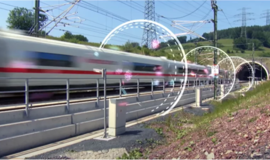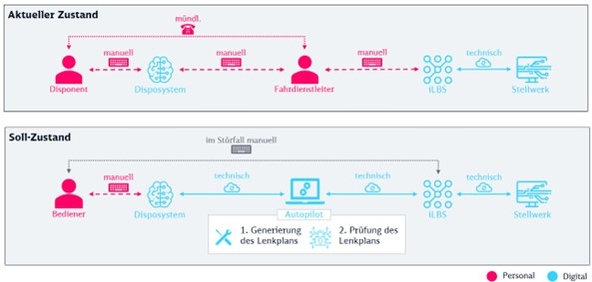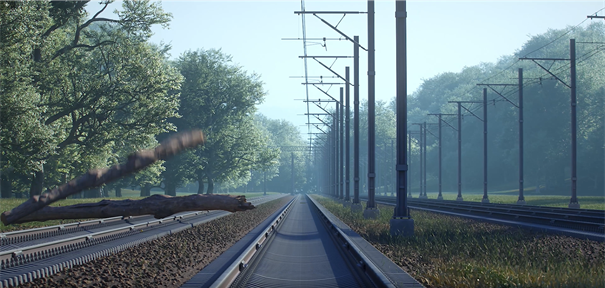
The "Autopilot for Interlockings" Reduces Manual Interfaces in Planning and Dispatching
By automating the interface between dispatching systems and interlockings, key processes – such as the creation and adjustment of route control plans – are being reimagined. Currently, many steps in this process must be carried out manually by the train dispatcher. In the future, the “Autopilot for Interlockings” should provide noticeable relief. As part of a preliminary project, the benefits of such a solution could be demonstrated. An overview of this topic is featured in a current technical article in the July issue of the magazine Der Eisenbahningenieur.
Train dispatchers set routes in the interlocking system based on schedule requirements and dispatching decisions. In electronic and digital interlockings, this information is entered in the form of route control plans by the dispatcher. These plans are then automatically processed by the train control system. When entering the data, dispatchers also verify whether a train is authorized to use the planned infrastructure. This process is currently largely manual. Automating the interface between the dispatching system and the interlocking can significantly reduce manual tasks and media discontinuities at a central point of rail operations. As a result, operational workflows can also be optimized and substantial efficiency gains achieved.
The Autopilot for Interlockings – The Concept
At the core of the “Autopilot for Interlockings” (AfS) project by DB InfraGO, within the framework of the sector initiative Digitale Schiene Deutschland (DSD) is the route control plan generator and validator. Dispatching timetables are automatically converted into valid, executable route control plans and checked for plausibility. The necessary information is sourced from the LeiDis-D dispatching system or, in the future, from the Capacity & Traffic Management System (CTMS) currently under development. Additional infrastructure and master data are obtained from the Digital Register (DR) of DB InfraGO. From this data set, a valid route control plan is generated automatically – without any manual input (see illustration).
Improved Quality, Efficiency, and Future Readiness
Automation not only reduces manual workload but also enhances operational efficiency. Currently, the annual timetable changes and mid-year adjustments must be manually entered and updated in the interlocking system. During day-to-day operations, dispatching decisions – such as overtaking maneuvers or skipped stops – require manual adjustment of route control plans or direct intervention at the interlocking. With the AfS, a large portion of manual entries and time-consuming coordination between dispatchers and train controllers could be eliminated. Personnel resources could thus be deployed more precisely and efficiently. Moreover, the quicker implementation of the above measures further improves service quality.
Another key advantage lies in the future viability of the system. With the planned deployment of AI-based traffic management systems like CTMS, optimized dispatching decisions will be generated in very short cycles. Manually implementing these high-frequency decisions will no longer be feasible – thus, automating the interface between dispatching systems and interlockings is a crucial prerequisite for fully leveraging the potential of digitalization. A pilot project for the initial implementation of the AfS is currently being planned and set up.
Further technical details and a comprehensive discussion of the benefits of the “Autopilot for Interlockings” can be found in the article published in the July issue of the specialist magazine Der Eisenbahningenieur (only in German!).

